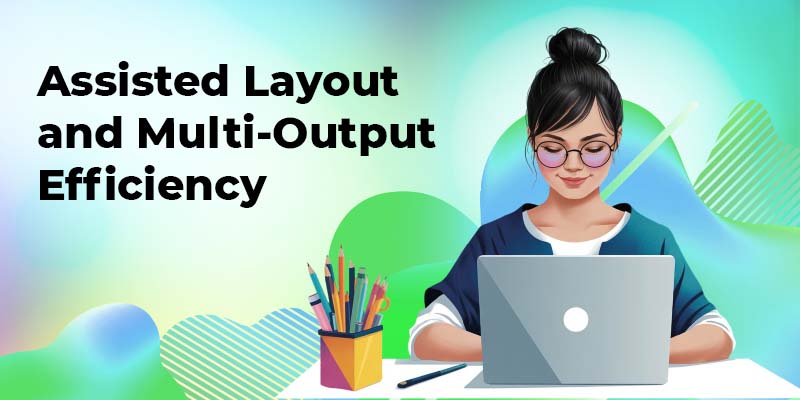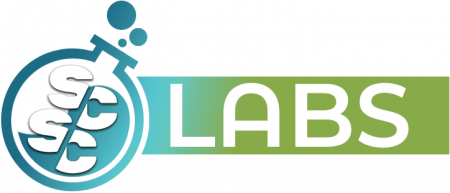
This article is the fourth installment in a six-part series on localization in Digital Asset Management (DAM), published weekly. Each article explores a different aspect of how global brands can balance consistency with local relevance. For those who want the full picture, we’ve created a free executive summary that includes key insights from the series as well as links to all upcoming articles before they are released.
Article Preview:
By Ralph Windsor of DAM News
One of the persistent obstacles in large-scale content localization is the complexity of maintaining layouts across diverse formats and languages. A single marketing campaign may involve dozens of asset variants, from social banners and print adverts to landing pages and email headers. Each variant must conform to brand guidelines, accommodate translated text, and often include imagery specific to the local market.
In conventional workflows, layout adaptation is labor-intensive and error-prone. Designers must manually resize elements, adjust spacing and realign text fields to accommodate variations in content. Even small inconsistencies in text length or image proportions can disrupt the visual hierarchy, rendering the layout unbalanced or confusing. When multiplied across formats and regions, the effort quickly becomes unsustainable.
This is where assisted layout systems (often integrated through third-party DAM tools) can offer tangible benefits. By combining intelligent automation with design constraints, they allow layout adjustments to scale across campaigns without requiring total reinvention.
Layout Challenges in Localised Campaigns
Multilingual content introduces several complications that pure translation tools cannot address:
- Variable word length: Some languages require significantly more or fewer characters to express the same concept. German tends to be longer, while Chinese is often more concise. Without adjustment, this leads to overflow or white space.
- Font and script differences: Certain scripts (e.g. Arabic or Thai) have different height, weight or alignment characteristics that affect surrounding layout elements.
- Text alignment direction: Right-to-left languages like Hebrew or Arabic require mirrored layouts, which are not compatible with most Western design assumptions.
- Content prioritization: Certain cultures may expect information in a different order, or may emphasise different visual elements more strongly.
Would you like an executive summary on this series?
Download an easy-to-scan free executive summary here with all the key information.


